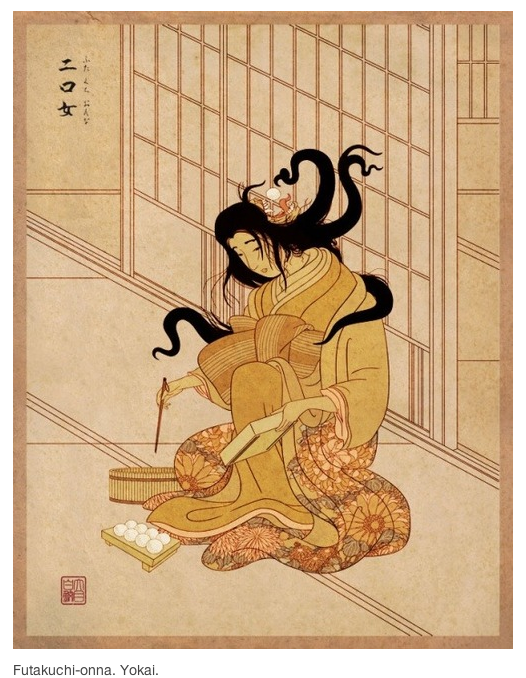BEASTS & BODIES
November 8 - December 8

BEASTS:
The inspiration for our theme is the Medieval Bestiary, an illustrated book of known and fanciful animals and the plethora of fantastic ghouls that originate in ancient Japanese folklore, Yokai, the predecessors of Mothra, Godzilla and recently Guillermo del Toro’s Kaiju (Pacific Rim).
The Western tradition of the Medieval Bestiary delights us in its combination of beast and text, fantasy and reality: we imagine the monk in his cell, slowly modeling with love and attention his idea of a lion, a unicorn, or a giant fish in tempera and gold, together with it’s symbolic attributes. Medieval clergy used these texts about beasts to weave allegorical stories that instructed the lay public, in memorable ways, in the scripture and in desirable attributes. The first such text was the Physiologus (written in Greek in Alexandria in the second or third century CE, and a Christian invention) a "bestseller" that was translated into most of the major languages of Europe and western Asia and said to be the most widely-distributed book in Europe after the Bible. Our artist monk was part of a continuum that began with cave art and sought to capture with love, attention, with fear or regard, the animal world around us.
Now lets turn to the East and those badly behaving ghouls, goblins and phenomena, and those animal spirits that have invaded their human hosts, the Yōkai. Japanese folklorists and historians define Yōkai as "supernatural or unaccountable phenomena". The word yōkai is made up of the kanji for "bewitching; attractive; calamity" and "apparition; mystery; suspicious". Yōkai range eclectically from the malevolent to the mischievous, and occasionally bring good fortune to those who encounter them. Often they possess animal features (such as the Kappa, which is similar to a turtle, or the Tengu which has wings), other times they can appear mostly human; some look like inanimate objects and others have no discernible shape. Yōkai usually have a spiritual supernatural power, with shapeshifting being one of the most common (called obake). In the 18th Century, Japanese artist Toriyama Sekien attempted to depict each spirit of the ‘yōkai’ tradition; an ancient race of demons whose descendants would later terrorize the earth under the guises of Godzilla, Mothra and Rodan.
BODIES: “The Nude”
The inspiration for our theme is the model in the studio, as subject. What is it that draws us as artists, back to the nude? Not the naked per se, but the model, the artist’s muse, the artist’s employee, plunked down in front of us in the studio, performing small movements, the stop and go of it, favorite memories for many students of art. A tradition in Western art, the nude has been used to express ideals of male and female beauty and other human qualities and emotions such as pathos, for centuries, forming a subject genre of art, in the same way as landscapes and still life. The nude was a central preoccupation of the ancient Greeks, and after a semi-dormant period in the Middle Ages, returned to a central position in Western art with the Renaissance. Man, the measure of all things. And when we think of the Renaissance we often think of its great works of drawing, drawing of and about the nude, the human figure. Although the interest in the nude waxes and wanes throughout modern and contemporary art, artists continue to find inspiration in the human form and still today life drawing finds it’s place in every art school curriculum. Students continue to be drawn to the figure as subject not withstanding currents that move against it: what is it is that draws us back to the figure, the “nude”?
92 St Nicholas Ave between Hart and Suydam Brooklyn NY 11237 info@schemaprojects.com © 2016 Schema Projects